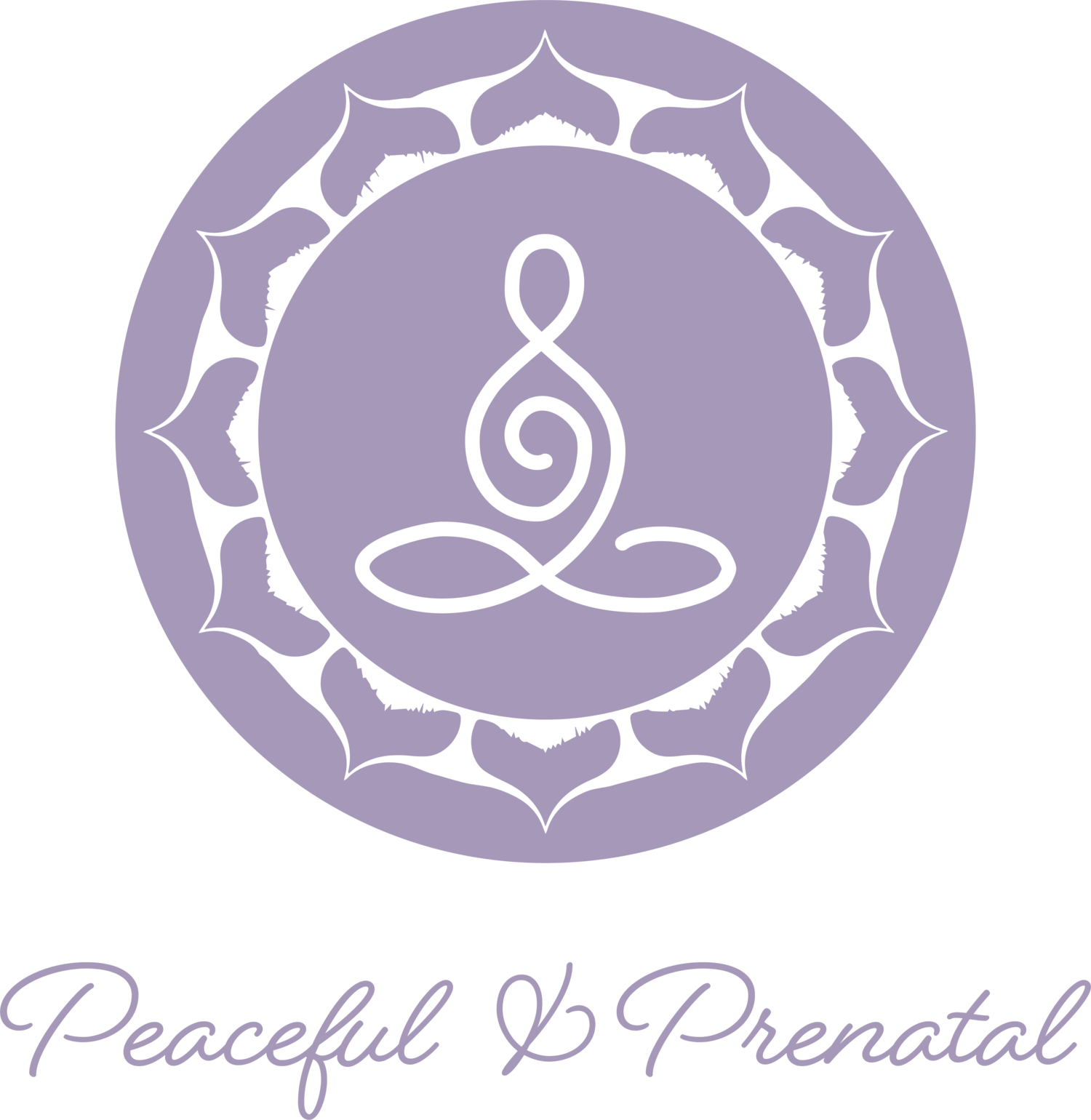The Secret To Reducing Back Pain
Whether you’re pregnant or postpartum, back pain is likely one of the most common aches in your body.
Before we get to the secret sauce, let’s look at why this happens first.
During pregnancy
As your baby grows, your back pain often increases due to improper posture and pressure on the vertebrae. It’s natural for our shoulders to start to lean forward as the uterus grows on the front side of your body.
A hormone called relaxin starts to loosen your body to prepare for labor. Even in early pregnancy, weeks before your body is close to giving labor, you can feel the side effects of relaxin in your low back as your back and pelvis start to loosen.
Stress is often stored in our body causing physical aches. Our hips and pelvic floor are two common places where this tension builds and because all of these parts are close in proximity, you might feel this in your low back.
During postpartum
Remember that hormone, relaxin? It can stay present in your body for up to one year after giving birth.
Whether you had a vaginal birth or c-section birth, low back pain can be present after birth. Remember, your body just went through a lot!
Your daily movements put a lot of pressure on your vertebrae: carrying your baby, bending over, pushing a stroller.
Your physical activity shifts during this time of your life, as your body needs time to heal. Lessened activity can lead to a loss in muscle tone.
The secret revealed
While stretches are great to relieve the tension in your low back, there’s something equally important for you to practice during pregnancy and postpartum to reduce back pain:
Strengthening your core
I could hear you groaning as you read that sentence. For most people, core work is one of their least favorite types of exercise. In yoga, we use our breath to help engage the core so it feels like less on our muscles. To help us mentally get through the core parts of class, I’ll always encourage you to focus on your breath to keep your mind busy.
Perinatal yoga offers many ways you can strengthen your core through balancing, shifting your weight, and poses that we take on all fours. When you join our prenatal and postpartum classes, you’re not only going to build core strength but we combine it with pelvic floor strengthening to ensure you’re not putting unnecessary pressure on your pelvic floor. After all, these muscle groups work together!
One of the most important parts that you should know about strengthening your core is that it takes practice. Jumping into something that’s too much for your body too quickly makes you prone to injury, especially postpartum. For this reason, I do not suggest looking up random videos on Youtube.
Now what?
Now it’s time to commit to yourself and register for weekly prenatal/postpartum yoga classes. In class, I will teach you ways to practice core strengthening at home. We will talk about the specifics of what’s going on in your body and you will leave with tools that help you feel empowered in building strength. After all, all I can do is instruct you on how to engage your core properly. You, mama, are the one that has to do the work. While it might not be easy to stay committed to core work, it is worth it. You can do hard things.
See you on the mat!





